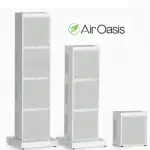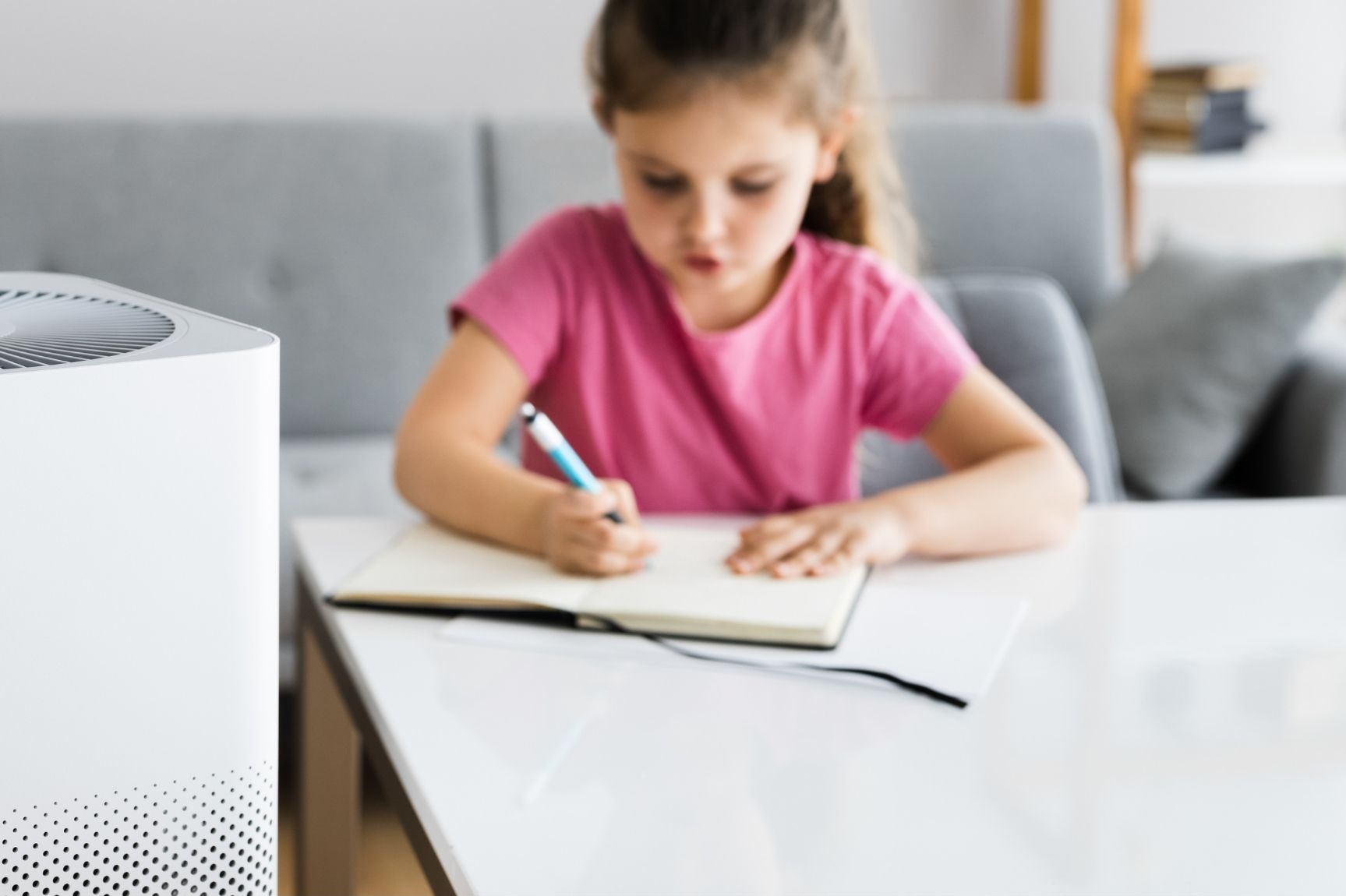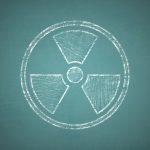Air purifiers come in a lot of different designs and use a number of different technologies.
Some air purifiers are specifically designed to filter out pollutants like dander and pollen, in other words particulates that are large enough that they can be caught inside of a filter.
Other airborne contaminants like VOCs , airborne pollutants that are usually considered to be chemicals or gases need a different type of filter.
And finally airborne pathogens like bacteria and viruses need a different type of air cleaner that can actually affect them on a cellular level.Winix is one of the best and most popular Air purifier and Sanitization Combination machines available. You can check the price here.
Table of Contents
Air Purifier vs UV Air Sanitization Machine
An Air Sanitizer is a machine that is used to reduce pollutants like mold spores, germs, bacteria, and viruses. Both in the air and on surfaces. An air purifier is better at capturing airborne particulates like dust and pollen.
An air purifier uses a series of filters to capture airborne contaminants. Much like a fan but pulling air through a HEPA filter.
Air Sanitizer machines typically employ a UV Light as a sterilizer. Though other technologies use incineration and ozone to sterilize.
An ionic air sanitizer works by electronically polarizing the particles in the air. The ideal is when the particles are charged, they clump together and become too heavy to float and simply fall to the nearest surface.
Not all air purifiers or air sanitizers are built the same.
The most popular air purifiers are HEPA filters but most employ more than one type of filter.
There’s usually a filter that would be considered a pre-filter because it captures larger air particles like hair.
The pre-filter keeps the large junk from gathering on the HEPA filter.
Then there is the aforementioned HEPA filter which is a dense filter that is manufactured to capture pollutants as small as .03 microns. Many air purifier companies are now equipping their machines with H13 Hepa filters that are able to capture particulates as small as .01 Microns.
Levoit has the corner on the market for the best HEPA air purifiers. Check out the price for Levoit Air Purifiers Here.
This is the filter that does most of the heavy lifting and is responsible for getting rid of most of the contaminants in the air that are at the root of household allergies.
Finally an activated Carbon filter is used to adsorb pollutants such as gases.
Carbon filters are the number one choice when looking for an air purifier to target odors.
These air purifiers work much like a fan in reverse, pulling air through a system of filters.
Their Achilles heel is their need for regular filter replacements.
Also these air purifiers also do nothing to sanitize the air or the surfaces in a room.
Air sanitizers rely on ions being emitted from the machine.

There are three ways in which ions are manufactured for use in indoor air pollution removal.
- Negative ion generator
- Photo catalytic oxidation
- Plasma cluster
A Negative ion generator specifically generates negative ions that when are emitted into the room combine with the positive ions (positive ions would be considered the airborne pollutants in the room) the result is they become too heavy to float and fall from the ambient air.
These ion generators have the reputation of making the surfaces around the air purifier grey or black.
It’s because the surfaces, especially TV and computer screens have a positive charge that collects the ions that pour from the machine.
The second type of ion generator is photocatalytic oxidation.
This is the type of ion generator that would be considered the best at sanitizing the air.
Photo catalytic air purifiers , through a process of combining light and a titanium oxide catalyst create hydro peroxide ions.
 Air Oasis are the Best photocatalytic and Plasma air purifier manufacturers bar none. Check out their product line here.
Air Oasis are the Best photocatalytic and Plasma air purifier manufacturers bar none. Check out their product line here.
These ions contain the same disinfecting capacity as hydrogen peroxide, the same stuff that you put on an abrasion or a cut to keep it from getting infected.
Photo catalytic oxidation is a very powerful way of not only sanitizing your air but the surfaces in the room where you’re using the purifier also.
If you search for a photo catalytic air purifier on Google, you’ll get multiple results from .Gov sites that provide the research that show this type of technology actually renders germs and bacteria inactive.
But photocatalytic air purifiers have the problem of generating ozone as a byproduct.
Ozone is a lung irritant and can exacerbate other breathing conditions like asthma when it is present.
Does that mean you should avoid it altogether?
Most websites just flat out say yes.
What it really means is that you have to change your approach to how you use your air purifier.
Though it is possible to turn a HEPA air purifier on and leave it on and finally just wait for the red button to flash saying you need a new filter,
Air purifiers like photo catalytic sanitizers can and should be approached in the same way that you would approach using an ozone generator.
Professionals that use ozone generators do so with two main rules.
- They do not operate the machine in an occupied room. Be it humans, pets, or even plants.
- They allow for the room to completely air out before using it again.
It is generally accepted that ionizers do not create anywhere near the ozone that an ozone generator does and most do not create a harmful level of ozone.
But by changing your approach to how you use the ionizer as referenced above you can enjoy the benefits of sanitized air without the threat of ozone.
The third way ionizers work is through plasma cluster technologies.
This type of ionizer works by emitting both positive and negative ions into the air stream.
The way it works is when the negative ions are released with the positive ions they immediately snap together because of polarization. In doing so they trap and oxidize every airborne pollutant in the way.
Essentially making the air itself, it’s own air purifier.
These bipolar ionizers are becoming very popular because they can sanitize the air very quickly without releasing the same level of ozone that other types of ionizers do.
Maybe you have seen one of these videos of tobacco smoke being completely eliminated in seconds when combined plasma clustering technology.
If you haven’t, it’s well worth the 2 minutes to check it out:
Conclusion
Air Purifiers are mainly devices that capture particulates like pollen and dust from out of the air. Air Sanitizer machines use technologies like ultraviolet light to sterilize the ambient air to protect you from airborne bacteria, germs, and viruses.
Air purifiers are filter based machines that pull air through a series of filters to capture the contaminants out of the air.
A HEPA filter combined with a pre filter and a carbon filter can capture airborne pollutants as small as .03 microns and absorb odors very efficiently.
But they cannot sanitize or disinfect the air.
And they require maintenance in the form of replacing filters in order to work.
Air sanitizers use an ionic technology
to not only remove particulates from the air but disinfect the air through the use of photocatalytic oxidation or plasma clustering.
Photo catalytic oxidation creates hydrogen peroxide ions that disinfect the air much like hydrogen peroxide solution disinfects a cut or abrasion on your skin.
The downside is they also create a small amount of ozone as a byproduct.
This means that the usual set it and leave it convenience does not apply.
Since ozone can be a lung irritant, photo catalytic oxidation air purifiers should be treated with the same respect that you would give an actual ozone generator.
How long should not be used in an occupied room and it should be allowed to completely dissipate before returning.
Plasma clustering technologies are another way that air cleaners can be considered air sanitizers.
Their method of releasing both negative and positive ions result in an instant reduction and sanitation of airborne pollutants.
Ionizer Air Purifier Side Effects
All ionizers create some ozone. Of course most do not create enough to be considered harmful.
But that does not account for consumers using ionizers responsibly.
 For instance, an ionizer that is rated for a hundred square feet would create much too much ozone in an area that is only 25 square feet.
For instance, an ionizer that is rated for a hundred square feet would create much too much ozone in an area that is only 25 square feet.
The sharp warning by the EPA is because of companies that sell ozone generators as domestic air purifiers.
As we have discussed, the two are not the same and should not be approached the same.
Don’t get caught in that trap. By using an ionizer in the air purifier correctly you can get amazing benefits.









